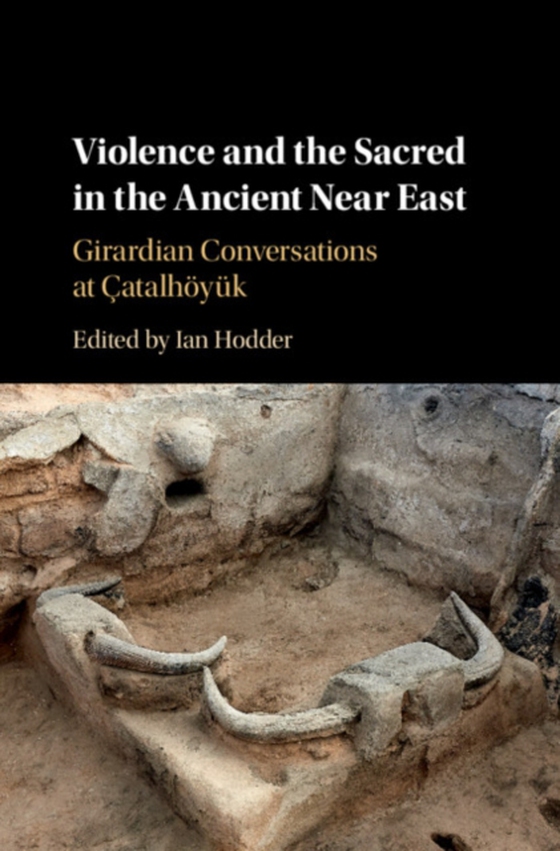
Violence and the Sacred in the Ancient Near East e-bog
25,00 DKK
(inkl. moms 31,25 DKK)
This volume brings together two groups engaged with understanding the relationships between religion and violence. The first group consists of scholars of the mimetic theory of Rene Girard, for whom human violence is rooted in the rivalry that stems from imitation. To manage this violence of all against all, humans often turn to violence against one, the scapegoat, thereafter incorporated into ...
E-bog
25,00 DKK
Forlag
Cambridge University Press
Udgivet
6 marts 2019
Genrer
1FB
Sprog
English
Format
pdf
Beskyttelse
LCP
ISBN
9781108591829
This volume brings together two groups engaged with understanding the relationships between religion and violence. The first group consists of scholars of the mimetic theory of Rene Girard, for whom human violence is rooted in the rivalry that stems from imitation. To manage this violence of all against all, humans often turn to violence against one, the scapegoat, thereafter incorporated into ritual. The second group consists of archaeologists working at the Neolithic sites of Catalhoyuk and Gobekli Tepe in Turkey. At both sites there is evidence of religious practices that center on wild animals, often large and dangerous in form. Is it possible that these wild animals were ritually killed in the ways suggested by Girardian theorists? Were violence and the sacred intimately entwined and were these the processes that made possible and even stimulated the origins of farming in the ancient Near East? In this volume, Ian Hodder and a team of contributors seek to answer these questions by linking theory and data in exciting new ways.
 Dansk
Dansk

